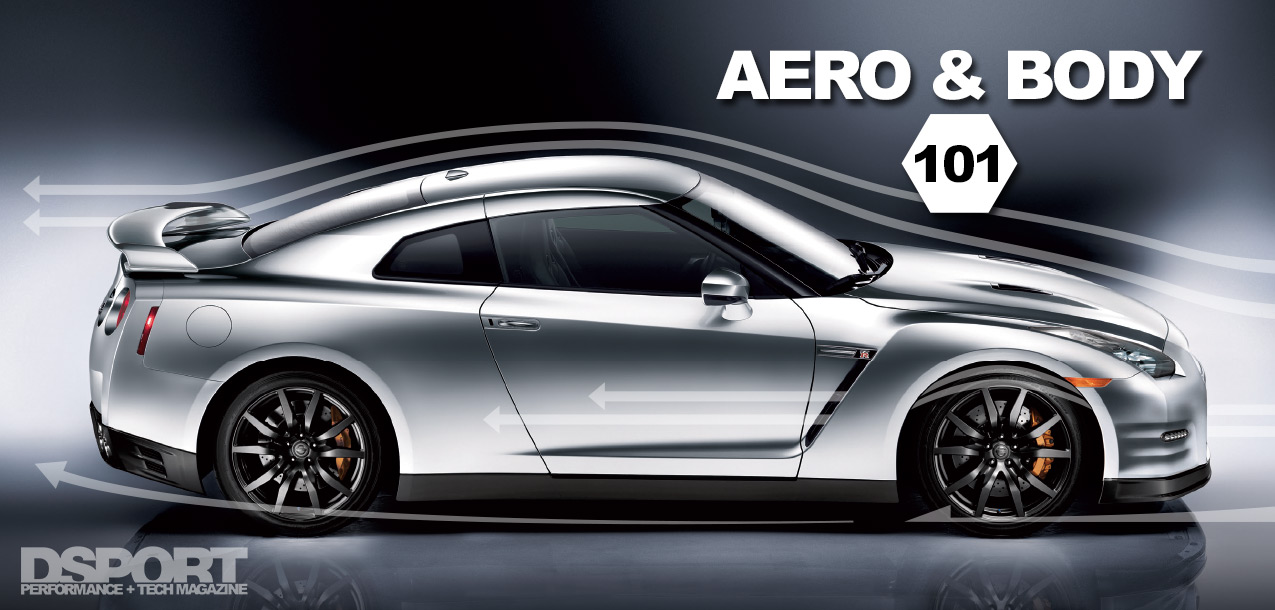Wing Nuts
Adjusting the height of the wing properly requires setting the trailing edge of the wing at roof line height. Careful attention should also be paid to the fore and aft placement of the wing at the rear of the car. The further back the wing is mounted, the greater the amount of ground effect activity and fulcrum leverage. These are both reduced as the wing is moved forward and away from the vehicle’s rear edge. When the ground effect activity and fulcrum leverage are optimized by wing positioning, the wing works harder with less effort.
Serious competitors have the wing positioning analyzed for optimum track conditions, based on track elevation levels, expected weather conditions and more. A loss of effective downforce due to elevation changes can be as great as 40 pounds or more, so its in the best interest of serious competitors working against thousandths of seconds of time to have access to this type of data.
 Proper aero tuning seeks balance from front to rear. Splitters, canards, wings and diffusers are nowhere near as effective when used individually.
Proper aero tuning seeks balance from front to rear. Splitters, canards, wings and diffusers are nowhere near as effective when used individually.
On the subject of mounting the wing on the chassis versus the trunk surface, this is a no- brainer with chassis mounting being the clear cut winner. However, some racing series class rules, and even personal preference, can dictate a trunk-mounted solution. If the latter is the case, consider the following. On a trunk-mounted wing, you might lose one or two degrees of AOA if the trunk lid exhibits any sign of travel or distortion. In some cases, this distortion may be permanent and will not only set your wing at an improper angle or height but may also continue to distort the trunk until the surface fails and the wing, lid or both fly off. Even in less extreme cases, the 1⁄4 to 1⁄2 inch of travel that your trunk can migrate effectively induces a time delay that causes you to lose critical downforce when it is needed. If personal preference or class rules require you to run a trunk-mounted wing, be sure to add some type of damping or filler to the rain gutters to minimize the amount of travel.
The bottom line is to make sure that what you buy is well built and can handle the track abuse and elemental exposure that you will subject it to. A good wing is an investment like any other performance part and having one properly installed can mean the difference between winning and losing.
Strapped to the Gurney
Gurney is the American terminology for a flap named after veteran racer, Dan Gurney. A gurney allows you to run your wing at a minimal AOA and increases the travel distance for the low-pressure air beneath the wing to meet the high-pressure air above the wing. This essentially increases the surface area of the wing. Gains in downforce up to 30 percent can be seen on some wing profiles with a flap. The height of the flap typically ranges in the area of 1-to-3 percent of the wing chord. Similar flaps on wing spill plates are also used for the same low- pressure/high-pressure delay.


